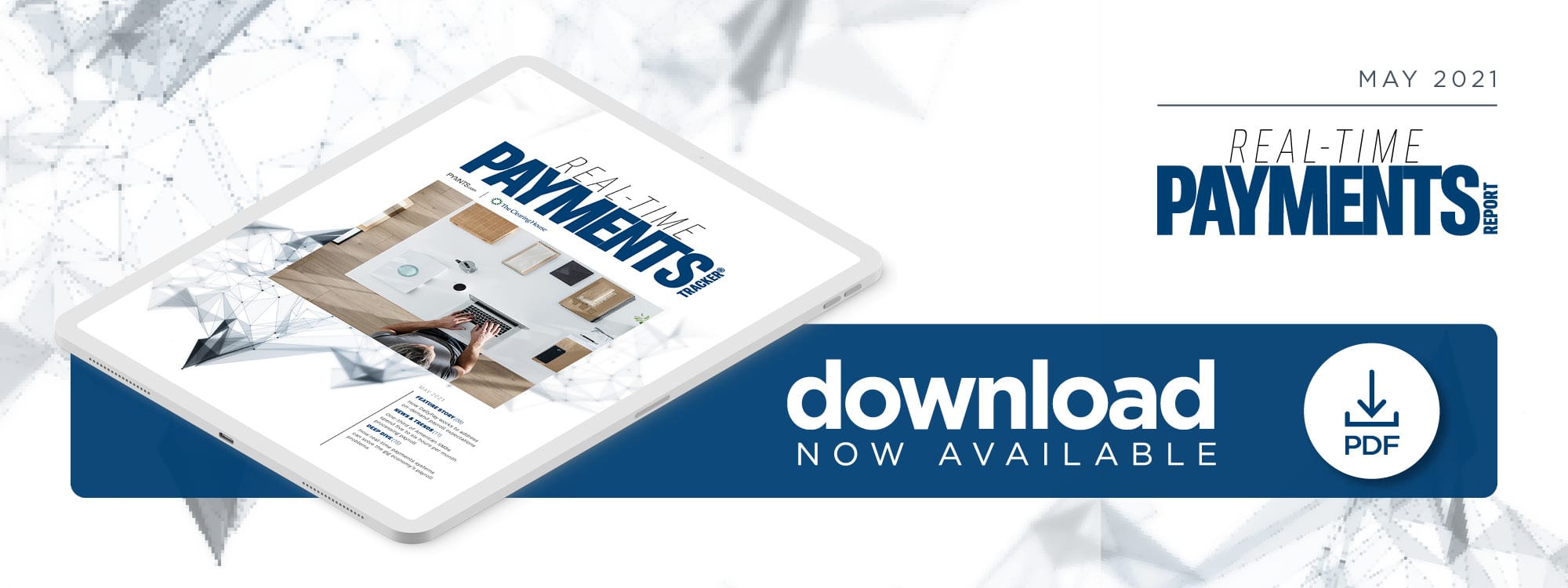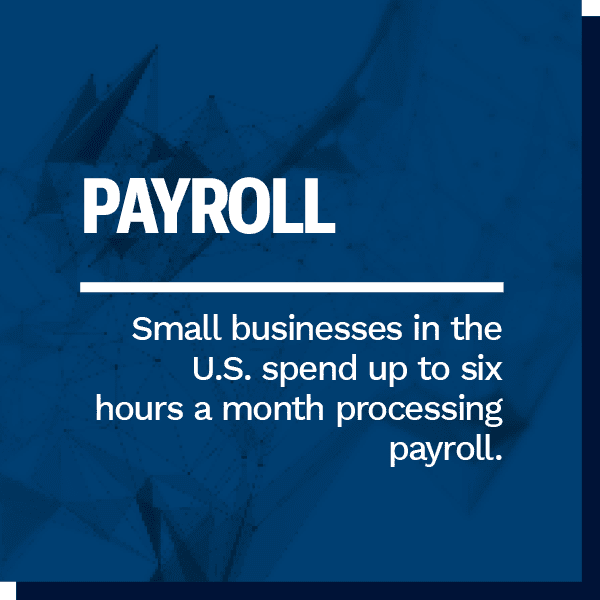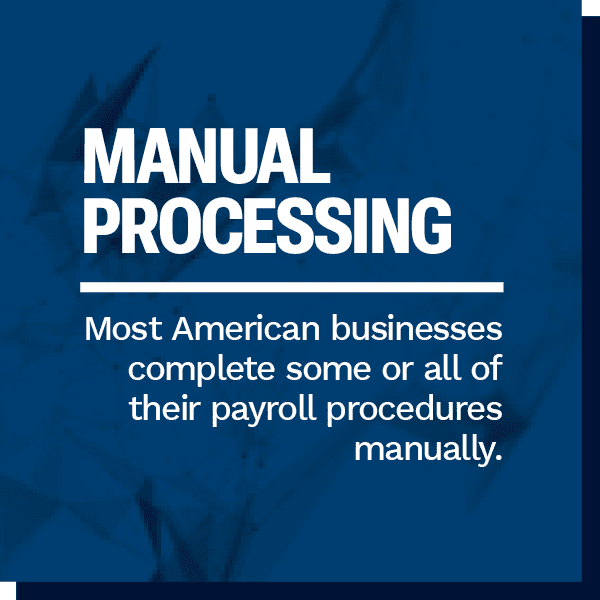On-Demand Payroll Gives Workers Financial Breathing Room

 Payroll processing is a constant challenge for businesses of all types and sizes, with one-third of small- to mid-sized businesses (SMBs) in the United States spending five to six hours each month on these procedures. These manual efforts also tend to be inadequate, resulting in rampant payroll filing errors that cost 40 percent of small businesses an average of $845 per penalty.
Payroll processing is a constant challenge for businesses of all types and sizes, with one-third of small- to mid-sized businesses (SMBs) in the United States spending five to six hours each month on these procedures. These manual efforts also tend to be inadequate, resulting in rampant payroll filing errors that cost 40 percent of small businesses an average of $845 per penalty.
The downstream effects of these delays and errors on workers can be devastating — especially for gig workers — with one-third of these workers’ invoices paid after they are due. Companies are working to deploy automated payment systems that can make real-time payroll a reality, as every second counts amid the precarious economic situation currently gripping much of the world.
In the May Real-Time Payments Tracker®, PYMNTS explores the latest in the world of real-time payments, including why businesses typically leverage manual payroll processes, how these systems result in delays and errors in employee paychecks, and how solutions like on-demand payments are easing these challenges for employees and businesses alike.
 Around The Real-Time Payments World
Around The Real-Time Payments World
Businesses often perform payroll functions by hand, massive payment crunches that can negatively impact their workers. One recent study found that approximately 65 percent of U.S. organizations complete some or all of their payroll procedures manually, with this figure topping 68 percent when general HR tasks are included. Some processes that are typically performed by hand include calculations and data entry, both of which can be automated to save HR departments time and resources. More than half of businesses currently deploy some sort of cloud-based HR system, for example.
Payroll errors are another unfortunate byproduct of manual payroll. A recent study found that 91 percent of companies in the United Kingdom and Ireland have made payroll errors each month during the past year, for example, with many of these problems resulting from confusion over government relief programs. Almost half of businesses surveyed said their HR and payroll departments have worked extra hours to process these government aid programs, and 37 percent said the complications inherent in these aid systems have delayed work on other critical processes. There are several solutions, including real-time automated payment systems, that have the potential to significantly reduce these human errors.
Not only are employers feeling the pressure to provide real-time payments, but banks are as well. A re cent study found that 130 U.S. financial institutions (FIs) now offer real-time payments, a fivefold increase from 2019. Clients now expect the same level of service in the corporate world as they do in their personal lives when using eCommerce sites and other services, but implementing real-time payments services can be difficult, as many banks’ legacy infrastructures have not undergone significant upgrades in decades. Banks that do take the plunge have reported significant improvements in their payments reporting processes, however.
cent study found that 130 U.S. financial institutions (FIs) now offer real-time payments, a fivefold increase from 2019. Clients now expect the same level of service in the corporate world as they do in their personal lives when using eCommerce sites and other services, but implementing real-time payments services can be difficult, as many banks’ legacy infrastructures have not undergone significant upgrades in decades. Banks that do take the plunge have reported significant improvements in their payments reporting processes, however.
For more on these and other real-time payments news, download this month’s Tracker.
How On-Demand Payroll Meets Changing Employee Expectations
Consumers’ financial worries have piled up over the past year, with only 39 percent saying they can afford an unexpected expense of $1,000. This means that delayed payroll can have an outsized effect on families’ financial well-being. In this month’s Feature Story, PYMNTS spoke with Senior Vice President Ron Munkittrick for DailyPay about how the service aims to quell employees’ financial worries with on-demand payments outside of normal pay periods.
 Deep Dive: Reducing Gig Workers’ Payroll Delays And Errors Through Automation And Real-Time Functionality
Deep Dive: Reducing Gig Workers’ Payroll Delays And Errors Through Automation And Real-Time Functionality
Freelancers and gig workers typically face more economic hardship than their salaried counterparts, with one-third saying they have taken out a payday loan over the past year. This means that any delays or errors in payments could be financially ruinous, putting an onus on businesses to improve and accelerate their payroll systems to help freelancers maintain their financial flexibility. This month’s Deep Dive explores why payroll errors disproportionately affect gig workers and how HR automation and real-time functionalities can drastically improve their financial lifestyles and, ultimately, companies’ hiring reputations.
About The Tracker
The Real-Time Payments Tracker®, done in collaboration with The Clearing House, is your go-to monthly resource for updates on trends and changes in real-time payments.